Conceptualizing Design with Machine Learning Image Generation
To provide context to the design I am envisioning, and as another way of “sketching” designs, I decided to utilize the Midjourney ML image generation service. With this service, you provide a prompt of what you would like the program to “imagine” and it will produce 4 variations of how it interprets your prompt.
Prompt: “Retro Futuristic Alarm Clock”, Midjourney V4 [1]
Prompt (truncated): “Spaceship Console from the 70s”, Midjourney V4 [1]
Prompt (truncated): “Alarm Clock 70s Sci Fi”, Midjourney V4 [1]
This series of images shows my progression with formulating a design. I wanted to see what would be generated just from the title of my project. Although the generated designs were elegant, they were not exactly what I had in mind. I moved on to envisioning the control panels from science fiction that originally promoted my idea for this project. It did an excellent job at conceptualizing what I had in my mind. I wanted to apply this aesthetic to an alarm clock. It came up with a very striking image of what I was imagining what this project could look like. It also made me realize the complexities and challenges this design would incur. This is discussed below in my top 5 specifications and top 5 constraints for this project.
Specifications
The alarm clock shall conform to the futuristic aesthetic of the 70s. This aesthetic should invoke themes of analog design (switches, buttons), scientific equipment (oscilloscopes), dated technology (CRT screens), and a deliberate avoidance of sleek, minimalistic design with instead a favor for an over-engineered and busy design.
The alarm clock shall function like any commercial alarm clock. This involves keeping and displaying time, being able to set alarms, and playing a sound at the set alarm time. These functions should adhere to the clock’s aesthetic and should not detract from it.
The alarm clock shall avoid any extraneous light as not pollute the room it is in with bright “status lights” during the night. It shall also not make any sound or be distracting in any way outside of sounding its alarm. My desire to build my own alarm clock stems form the annoyance of having my phone near me at night as well as how annoying commercial alarm clocks are in terms of extraneous light and sound.
The alarm clock shall be a décor piece as much as it is a functional piece. If possible, it should not look cheap or poorly made. This would includes things such as seams that don’t fit well, gaps, rough finishes, and lack of consistency or symmetry. I would like my project to be less of a hobby project that I never use and instead have it be a piece I am proud to keep and will continued o use. This will only happen if I am satisfied with the quality of the finished piece.
The alarm clock shall be sized reasonably so that it is small enough to potentially fit on a shelf while being large/heavy enough to give the clock a feeling quality. If the clock is too light it will be bumped around and potentially broken too easily. As much as the clock looks the aesthetic it should “feel” the aesthetic and the immersion should not be broken by the device being surprisingly light.
Example of ambient light I am trying to avoid [2]
Constraints
Trim and metal finishes. I will not be able to include the 50-60s aesthetic of metal trims on my artifact. This would require manufacturing processes I do not have the time/money/equipment to perform and would add unnecessary complexity to my project. I believe I can still meet the desired aesthetic with little to no metal and save on time and complexity.
Not using a kit. I do not want to us an alarm clock electronics kit for this project. The entire reason I am doing the project is for future customizability. I will do all the electronics design from scratch and incorporate my own computer and microcontroller. This will increase the risk of the device not working by the end of the required timeline but it should not affect the physical aesthetic and will allow me to continue work on the device later on.
Reducing sound and light. I do not want the screen to always be on or any kind of light shining through while I am sleeping. I want as switch that I can turn the screen on and off when I want to check the time at night. I do not want any electronics or fan hum so if that occurs I will need to incorporate sound damping in the device. In a story telling sense, I want the deice to remain dormant until it “wakes up” on its own in the morning.
Quality of 3D prints. 3D printing, especially on my at home printer, does not produce very refined products. It can be sanded down and post processed, but I still consider this a restriction. I would like to 3D print as much of this project as I can. This will require testing the prints and the post processing methods to achieve the finish and quality I desire. This restricts the speed at which this project can be produced and means I would like the design done in advance so I can being to prototype and refine the finishing of it.
Clash with existing décor. As much as I want this design to be stylized and stand out, there is a limit I would like to set. If the piece stands out in a cartoonish or out-of-context way, it would detract from both itself and everything else around it. I would like the device to feel grounded, like it is meant to be where it is. This will require identifying what colors I want and the brightness that is acceptable for them. It will also require visually seeing the piece in the lighting and backdrop it is expected to be in. This will be achieved in two ways: rending the CAD design of the device and 3D printing “swatches” to see how the colors look in context with their background. This can also be fixed by intentionally giving the device wear and darkening the outside with paint or other methods to make it look used.
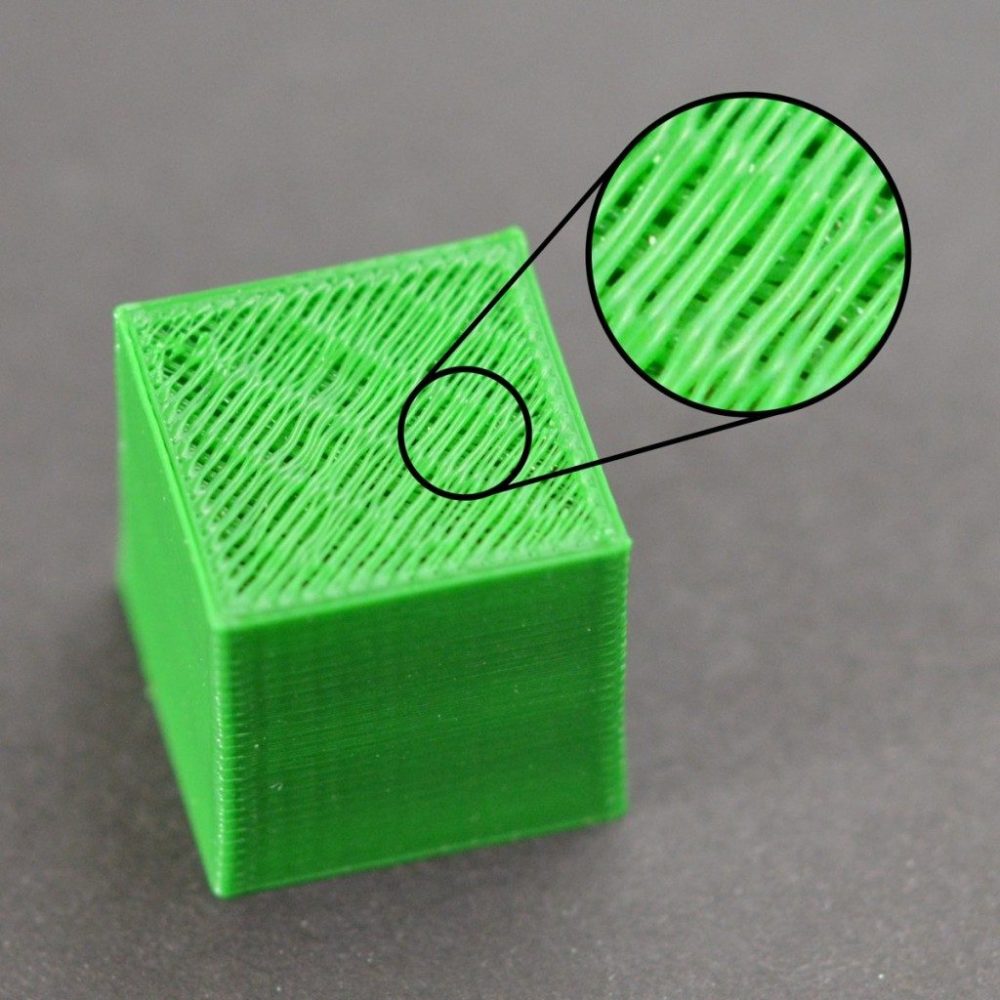
Example of poor 3D print quality [3]
References:
[1] https://www.midjourney.com/[2] https://www.everypixel.com/image-10587349248006597776
[3] https://www.simplify3d.com/resources/print-quality-troubleshooting/

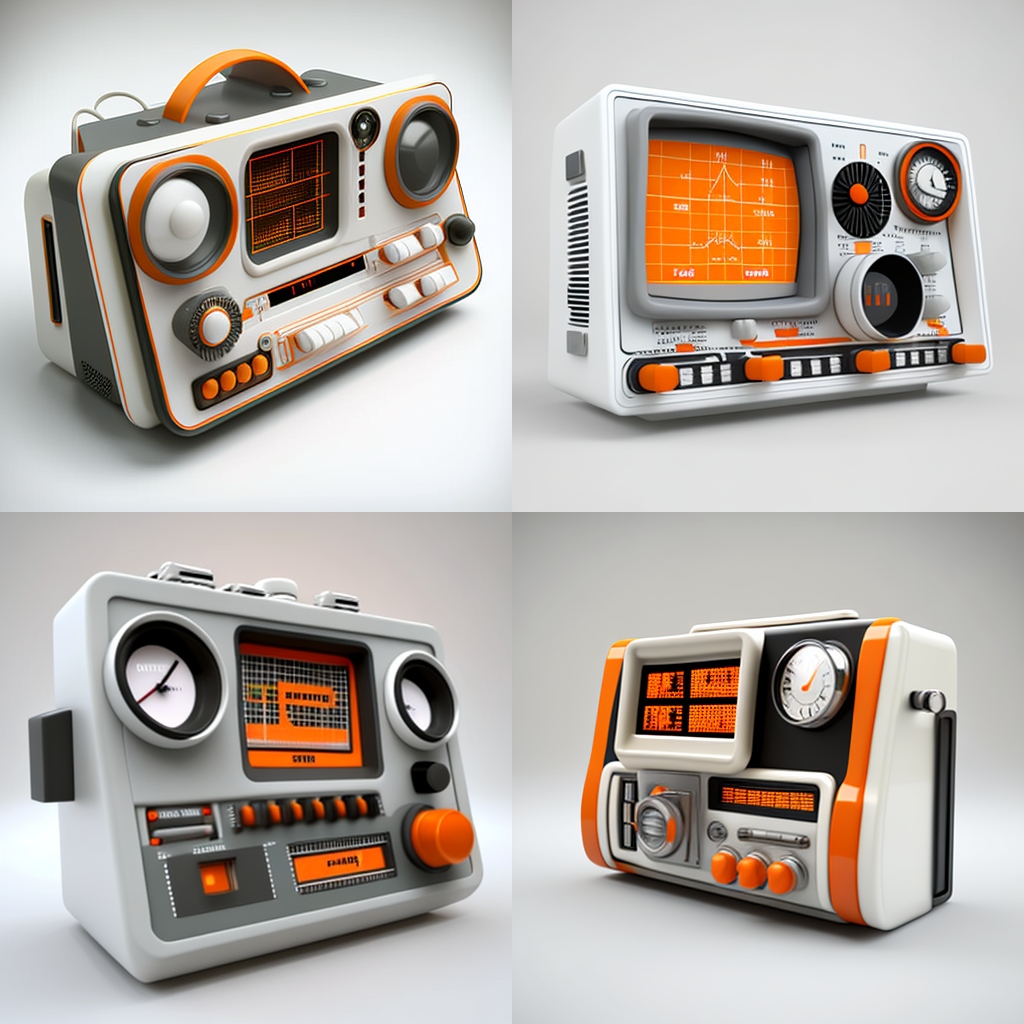
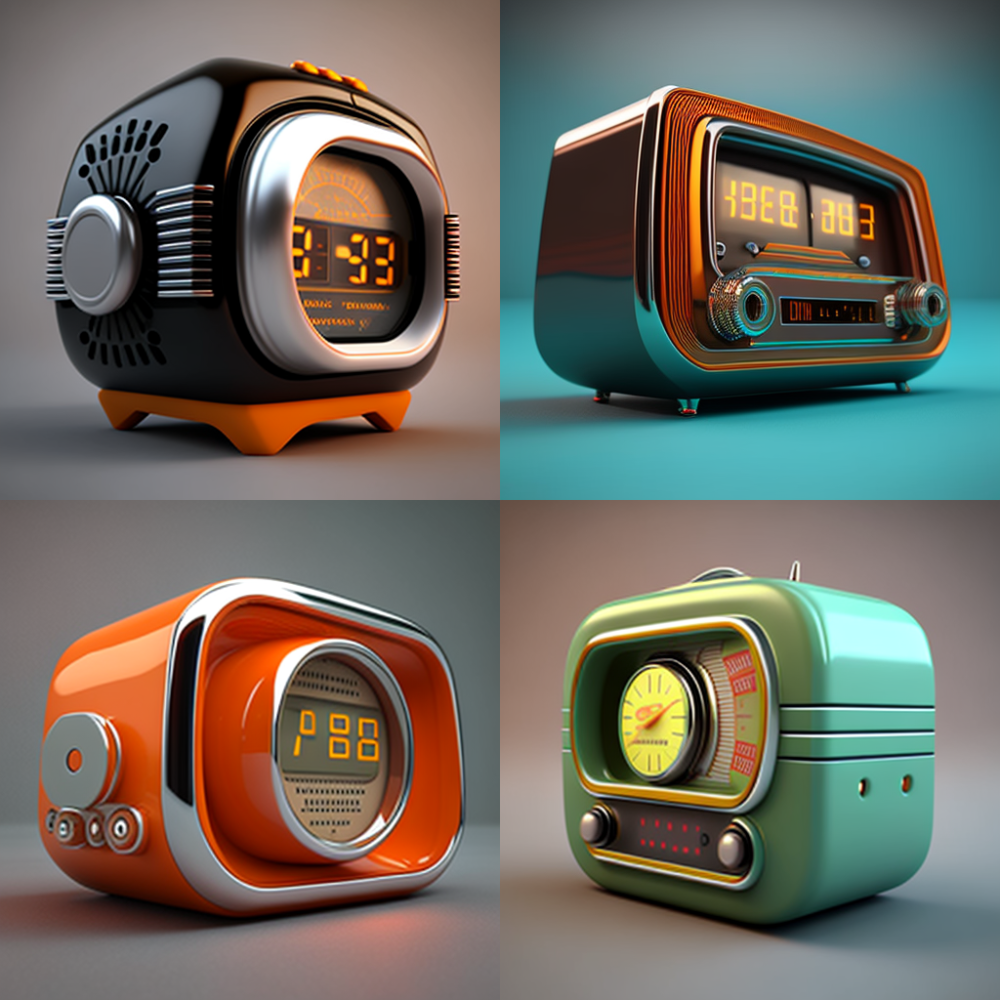

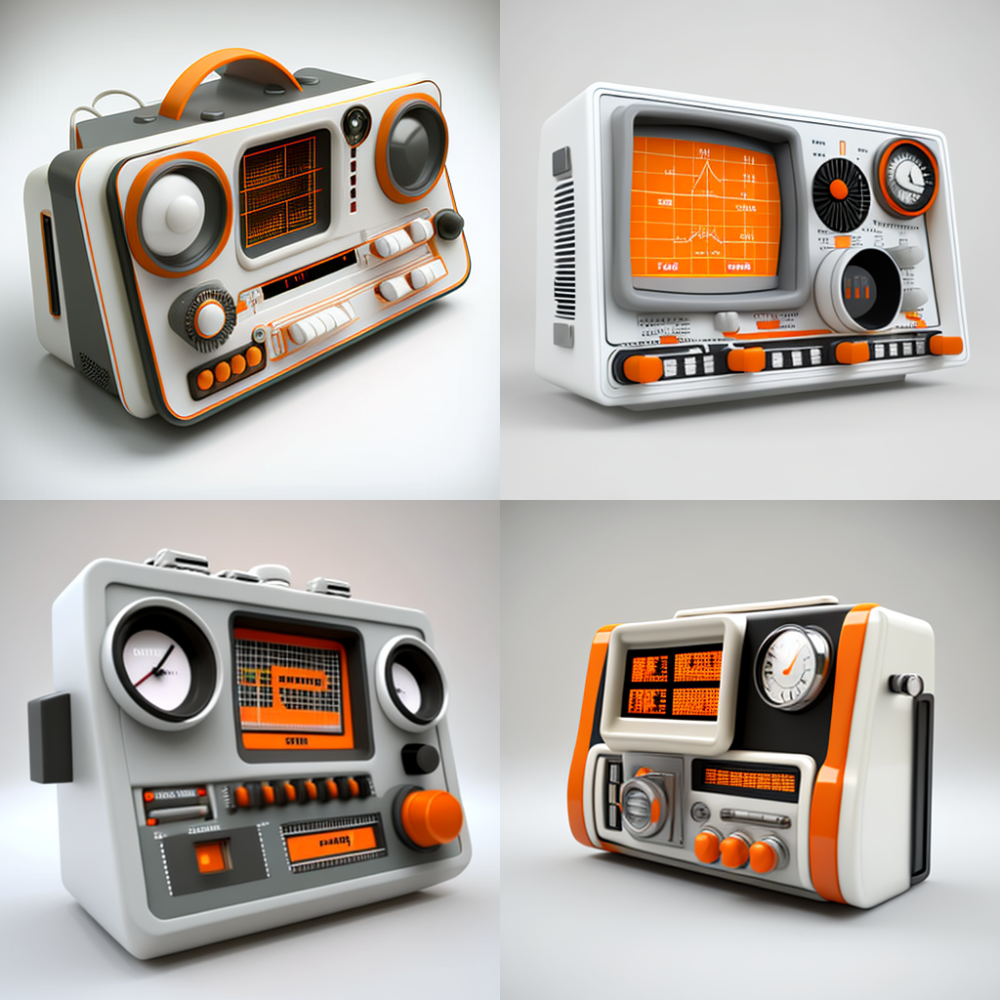
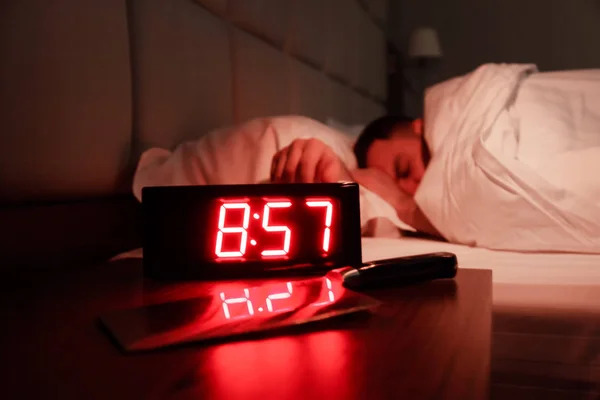
3 Comments. Leave new
I think it’s a brilliant idea to use the Midjourney ML picture creation tool to conceptualize ideas. It’s intriguing to see how the program interprets your commands and generates several alternatives. I am excited to see how it turns out.
Hi Nic, I love using AI to generate images concepts. They give a great way to visualize the project in different forms. I agree with the concept of not using metal inserts. Although it would look great, it would be impartial for this class. I also like your analysis of 3D printing resolution. This project is very cool, and putting in the extra work to make the finish smooth is a nice touch.
Hi Nic, I love the project and the aesthetic you are going for. I think the testing and experimenting you did with AI image generation is smart and something I’ve not tried yet. If your 3d printer does not create prints you are happy with, what do you think you’ll do to get better prints?